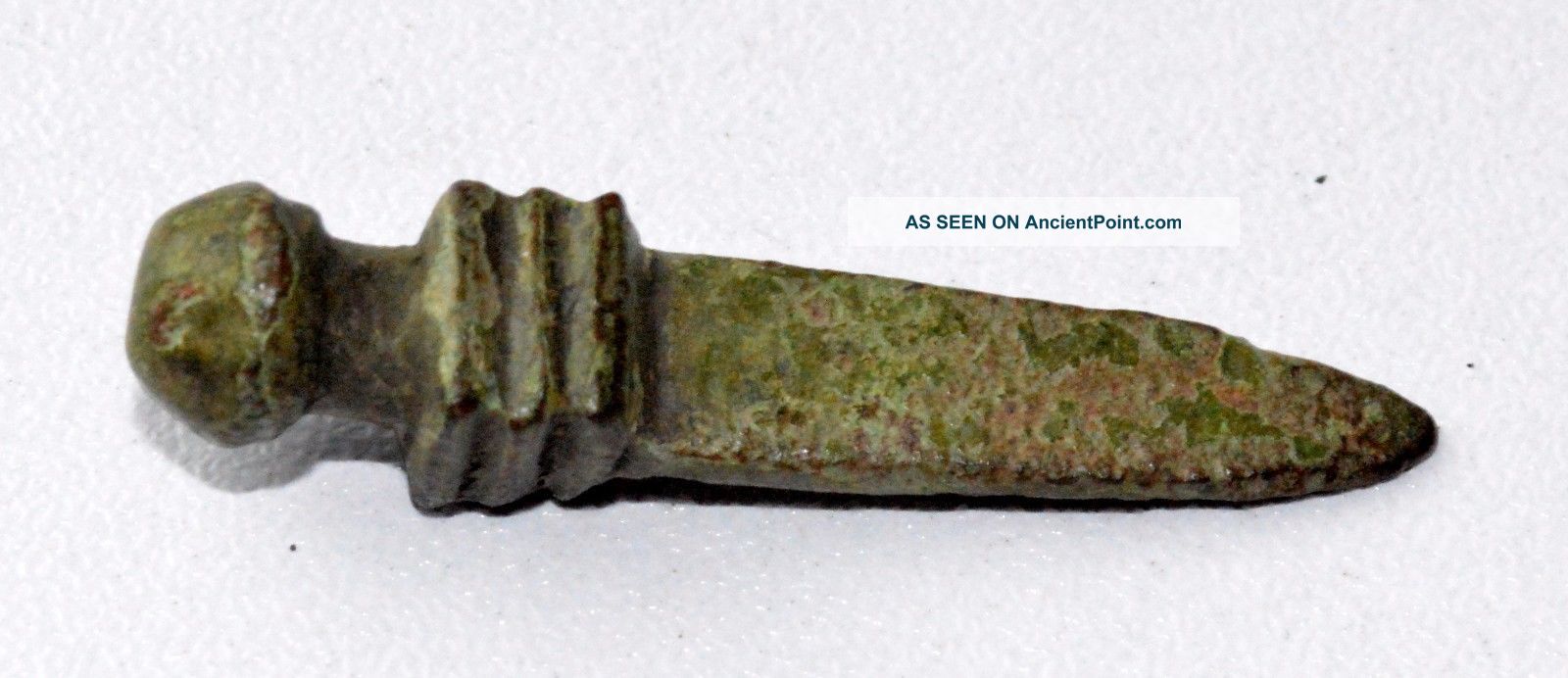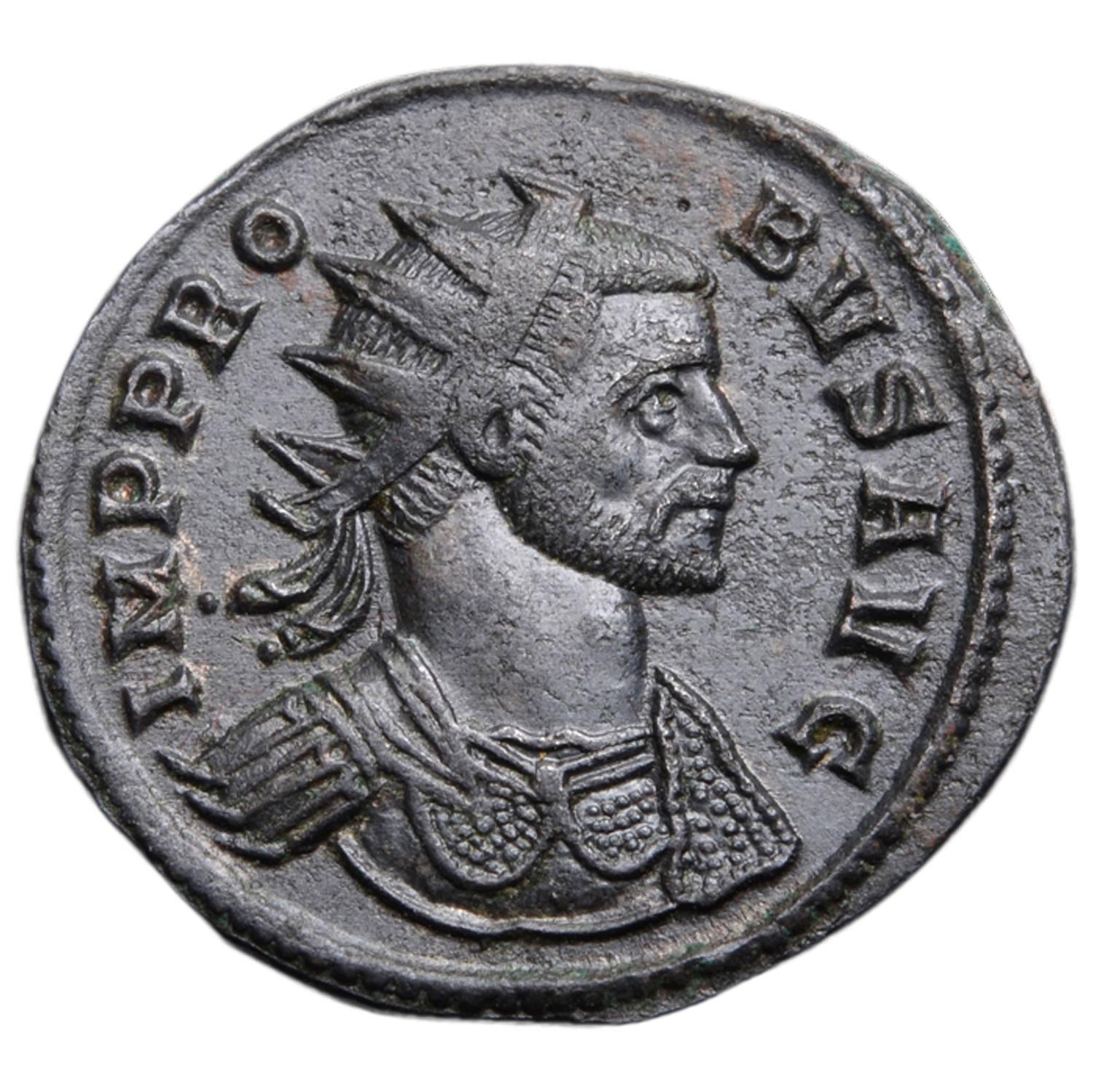
The famous dye of the Classical world was Tyrian purple, so called because its centre of production was in the twin cities of Tyre and Sidon (now in Lebanon). The art of dyeing and knowledge of the use of mordants was now more extensive. Later, looms were set up to weave silk, but China retained control of sericulture, exporting only silk thread or fabric, both of which were expensive. Elagabalus (218–222 ce) was the first Roman emperor to wear silk. Cotton from India and silks from East Asia were accessible to the wealthy, enriched by high-quality embroidered edging and fringing. This increased the availability of more varied and elegant fabrics. With the expansion of the empire, wider trading was made possible. Roman dress also reflected a distinct division of social class, with certain colours, fabrics, and styles reserved for citizens and important personages.Ĭlay figurines of about 2000 from Crete show men wearing a narrow codpiece with a belt or loincloth and bare above the waist. In costume, as in art, the trend was toward a more ornate, richly coloured, more varied, and, especially in the later days of the empire, very luxurious attire. They inherited many ideas from the Greeks, but, as the empire extended its borders and incorporated peoples of different customs, climates, and religions, matters of style became more complex. The history of Roman dress is paralleled by that of Roman arts and architecture. They went on to found the great Roman Empire, which by the 2nd century ce extended from Spain to the Black Sea and from Britain to Egypt. Until the 3rd century bce the Romans derived their culture from the Greeks and the Etruscans but after this gradually began to develop their own civilization and to expand their influence, taking over territory after territory-first that of the Etruscans, then Sicily, Carthage and North Africa, Greece, and Egypt. The civilization of ancient Rome spanned more than a thousand years, from the traditional founding of the walled city in the mid-8th century bce to the final collapse of the western part of the empire in 476 ce.

Saving Earth Britannica Presents Earth’s To-Do List for the 21st Century.Britannica Beyond We’ve created a new place where questions are at the center of learning.100 Women Britannica celebrates the centennial of the Nineteenth Amendment, highlighting suffragists and history-making politicians.
#ANCIENT ROME 0 AD HAIRSTYLES HOW TO#
COVID-19 Portal While this global health crisis continues to evolve, it can be useful to look to past pandemics to better understand how to respond today.



From tech to household and wellness products.


 0 kommentar(er)
0 kommentar(er)
